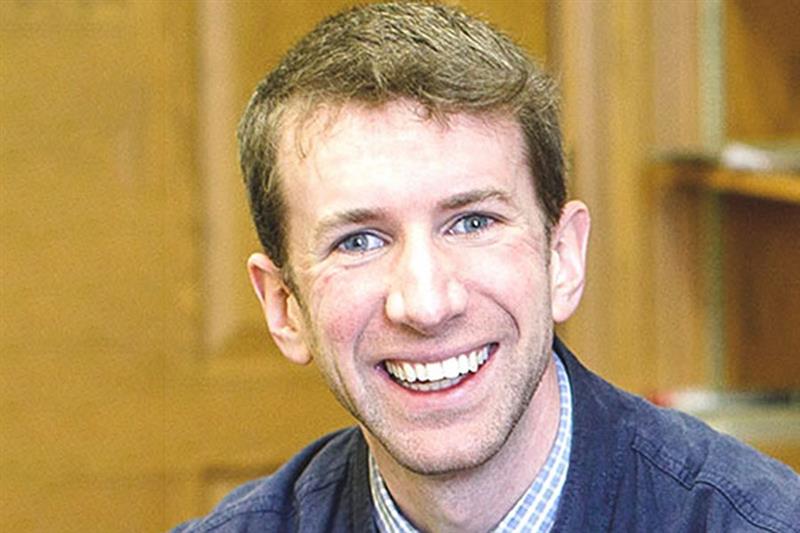
For as long as there have been news media, there have been allegations that journalists are biased and slant stories to fit their views. While many studies have explored this issue, there has been little research into how political ideology influences which stories get covered.
In the April issue of Science Advances, a Florida State University researcher addresses that gap.
Hans Hassell, an assistant professor in the Department of Political Science, makes his findings clear in the title of his study: “There is No Liberal Media Bias in the News Political Journalists Choose to Cover.”
“Contrary to popular narratives and despite the fact that journalists skew to the left politically, there is little to no bias in what reporters choose to cover,” Hassell said of his study’s findings.
The more airtime or ink a story gets, the more important people believe it to be. So which stories get covered is as important as how they’re covered, Hassell said.
“This is about agenda setting,” Hassell added. “Lots of studies have shown that what people perceive as the most important problems are based on what’s being covered in the news.”
Hassell’s work on the study began in 2017 and embraced a number of research-gathering methods, including a survey of 6,000 journalists, election returns, Twitter data and a novel correspondence experiment design.
That work led Hassell and his team to conclude that what journalists choose to cover is dictated by a multitude of factors.
“There is an institutional set of norms that dictate newsworthiness,” he said. “Lots of things drive those norms, but reporters’ personal, ideological preferences about what they view as valuable is not one of them.”
Assistant Professor of Political Science John B. Holbein of the University of Virginia and Assistant Professor of Political Science Matthew R. Miles of Brigham Young University co-authored the study.




